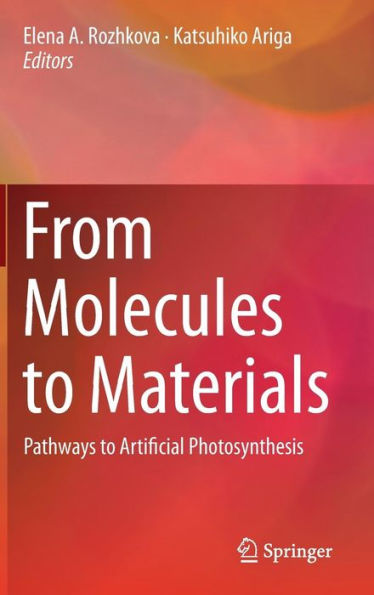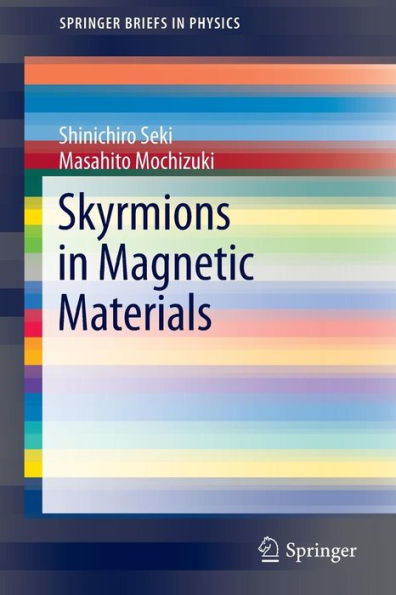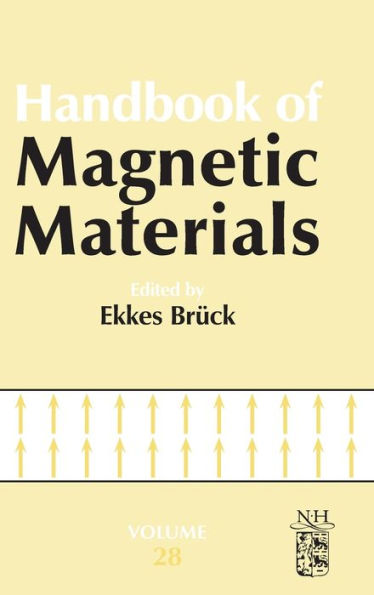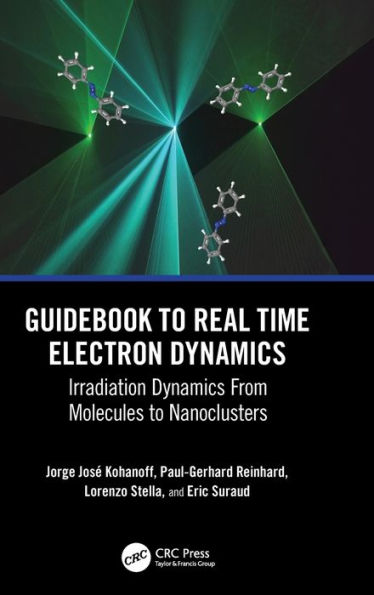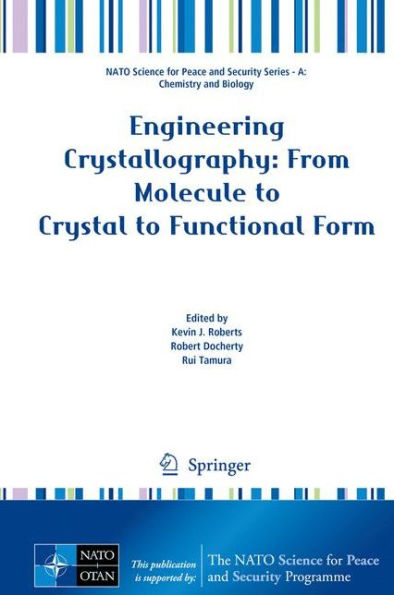Home
?-Electron Magnetism: From Molecules to Magnetic Materials
Barnes and Noble
?-Electron Magnetism: From Molecules to Magnetic Materials
Current price: $329.99
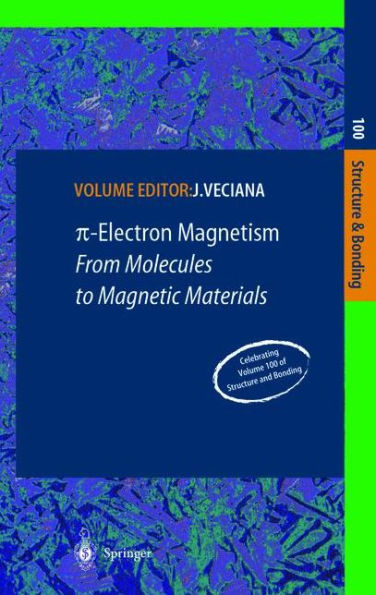

Barnes and Noble
?-Electron Magnetism: From Molecules to Magnetic Materials
Current price: $329.99
Size: Hardcover
Loading Inventory...
*Product information may vary - to confirm product availability, pricing, shipping and return information please contact Barnes and Noble
Celebrating Volume 100: Thirty years ago Springer-Verlag together with a distinguished Board of Editors started the series
Structure and Bonding
. Initially the series was set up to publish reviews from different fields of modern inorganic chemistry, chemical physics and biochemistry, where the general subject of chemical bonding involves a metal and a small number of associated atoms. Three years ago the aims of the series was refined to span the entire periodic table and address structure and bonding issues wherever they may be relevant. Not only the traditional areas of chemical bonding will be dealt with but also nanostructres, molecular electronics, supramolecular structure, surfaces and clusters. With these aims in mind it is noteworthy that Volume 100 effectively reinforces and illustrates these ideals and is titled
Pi-Electron Magnetism
from Molecules to Magnetic Materials
.
Structure and Bonding
. Initially the series was set up to publish reviews from different fields of modern inorganic chemistry, chemical physics and biochemistry, where the general subject of chemical bonding involves a metal and a small number of associated atoms. Three years ago the aims of the series was refined to span the entire periodic table and address structure and bonding issues wherever they may be relevant. Not only the traditional areas of chemical bonding will be dealt with but also nanostructres, molecular electronics, supramolecular structure, surfaces and clusters. With these aims in mind it is noteworthy that Volume 100 effectively reinforces and illustrates these ideals and is titled
Pi-Electron Magnetism
from Molecules to Magnetic Materials
.

